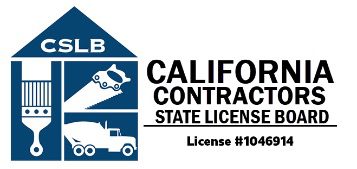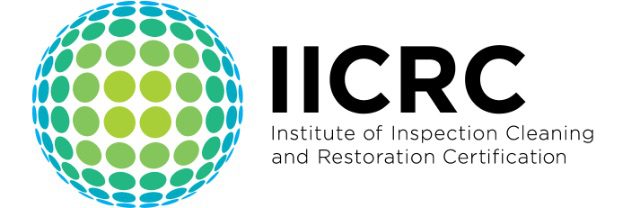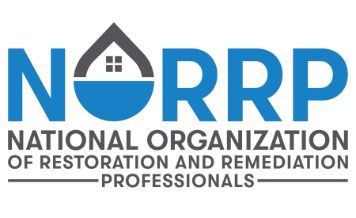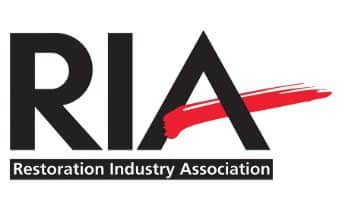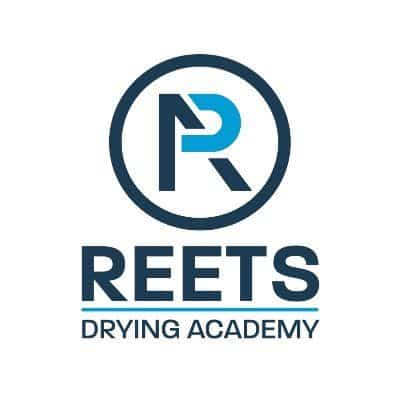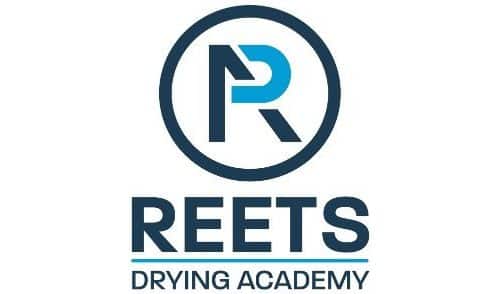Insulation & Water Damage
Among the many things you need to know as a building owner, one should be whether your building has insulation or not. Within newer buildings and retrofitted homes, the most common types of insulation installed are blanket batts/rolls, loose-fill, and spray-foam. If your building does have insulation and recent water damage has occurred, assessing the insulation is a priority! Even though many types of insulation are water-resistant, the team at Dry Kings usually recommends disposing and replacing affected insulation because it will lose its R-value and wet insulation can cause mold and/or dry rot.
Beginning with the elephant in the room, spray-foam insulation will not sustain mold growth, but it's either as absorbent as a sponge, water permeable, or waterproof. The level of water resistance depends on whether it is open cell or closed cell spray-foam; open cell spray-foam varies between being absorbent or water permeable because of differences in manufacturer formulas and closed cell spray-foam is waterproof. Regardless of its water resistance, Dry Kings recommends removing the insulation where moisture is detected because the spray-foam may be mold resistant, but the wood framing can grow mold, mildew, and if saturated enough, dry rot. Others may suggest drying-in-place to salvage spray-foam insulation, but that will only extend how long materials need to dry leading to a higher mitigation cost and it may not dry fast enough to prevent mold and dry rot from forming on the wood framing.
Next up is fiberglass blanket batt/roll insulation which is commonly pink in color making it easy to identify. Given it’s made from glass fibers, this type of insulation does not absorb water quickly, but water will instead fill the air pockets between fibers causing it to lose its R-value and compact. Our team will remove wet fiberglass insulation because there is no guarantee the insulation will return to its original thickness and R-value if dried in place. When left inside an enclosed space like a wall cavity, wet insulation can grow mold and oversaturate the framing and cause mold, mildew, and dry rot to occur.
The least water-resistant type of insulation is loose-fill insulation because its commonly made from cellulose which is made from recycled, pulverized paper. Cellulose loose-fill insulation will absorb water like a sponge and clump up causing it to lose its insulating properties and become the prime environment for mold growth. That being said, cellulose loose-fill insulation should always be disposed of and replaced regardless of whether it was a clean water source or not.
We would like to note while there is a debate whether insulation should be dried out after water damage or not, everyone agrees if insulation was affected by Category 3 water--grossly contaminated water--then it should be disposed of and replaced. In any case, if your building has recently experienced water damage it's always best to lean on the side of caution and contact Dry Kings Restoration for a free water damage inspection. Using our advanced technology and years of experience we will be able to verify if your building has insulation or not, if it's affected, and what the best course of action is to properly return your building to its pre-loss condition.
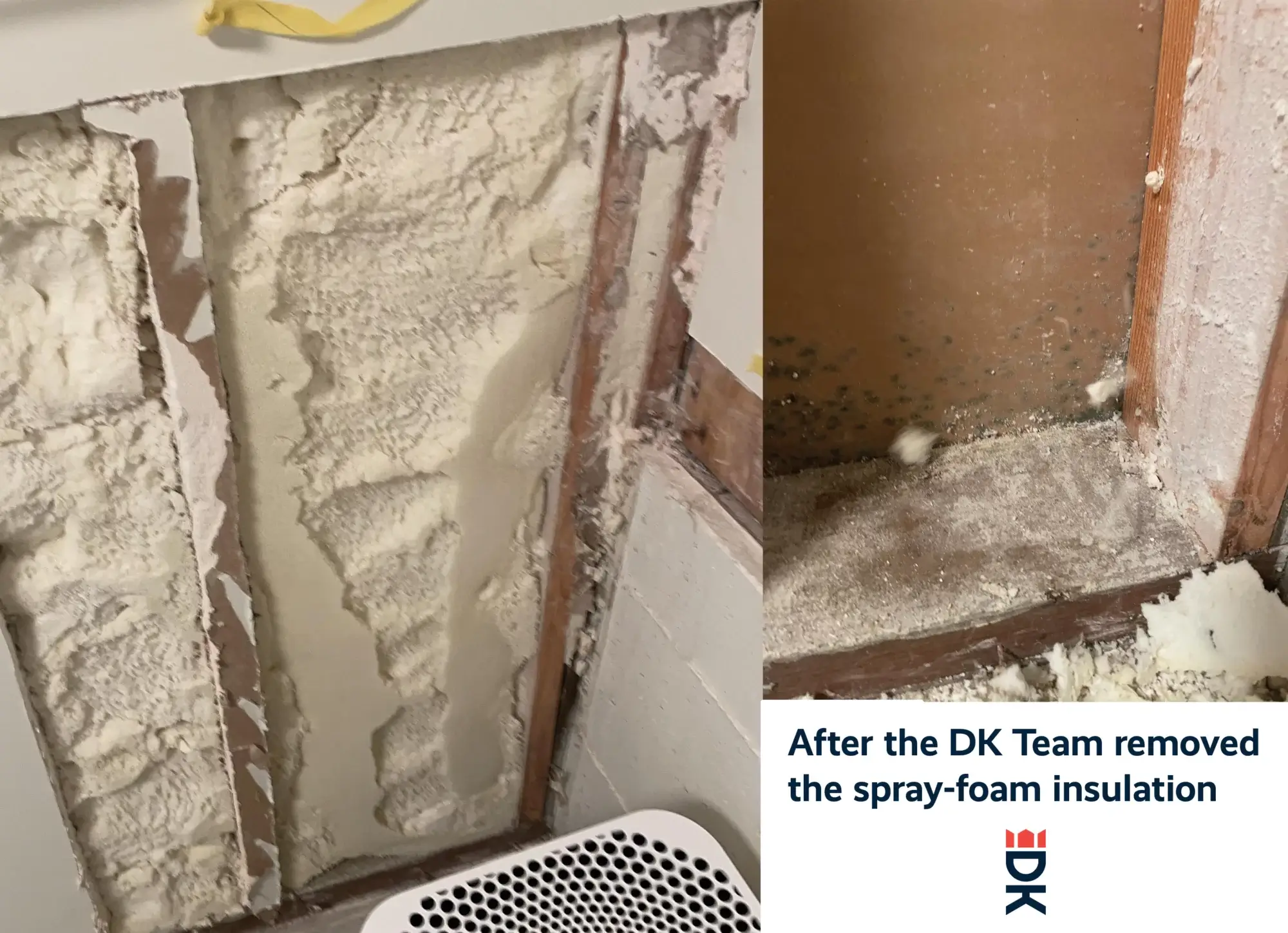
Contact
More News
Newsletter
Sign up and receive valuable tips to help you protect your residential building or commercial property from damages.
Awards
